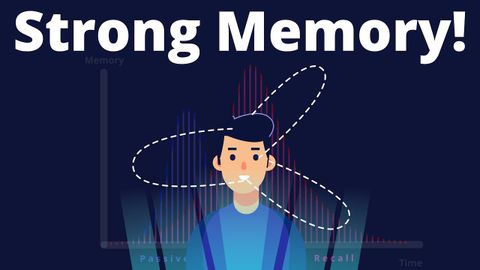想要學會過目不忘的技能嗎?也許你可以試試看這四個技巧! (How to do ACTIVE RECALL Effectively? (4 Techniques worked for me)
 沒有此條件下的單字
沒有此條件下的單字US /ˈʌltəmɪt/
・
UK /ˈʌltɪmət/
- adj.最終的;基本的;根本的;最好的;最終的;最大
- n.飛盤爭奪賽;極致;終極
US /prɪˈtɛnd/
・
UK /prɪ'tend/
- v.t./i.假裝;裝做
- adj.虛假的
- n. (c./u.)假裝
US /ˈmʌltəpəl/
・
UK /ˈmʌltɪpl/
- adj.多重的;多種的;多發性的;多重的
- n. (c.)多;多個的;乘數
- pron.多重的
US /tɛkˈnik/
・
UK /tekˈni:k/
- n. (c./u.)技術;工藝;技能;(藝術)技巧
